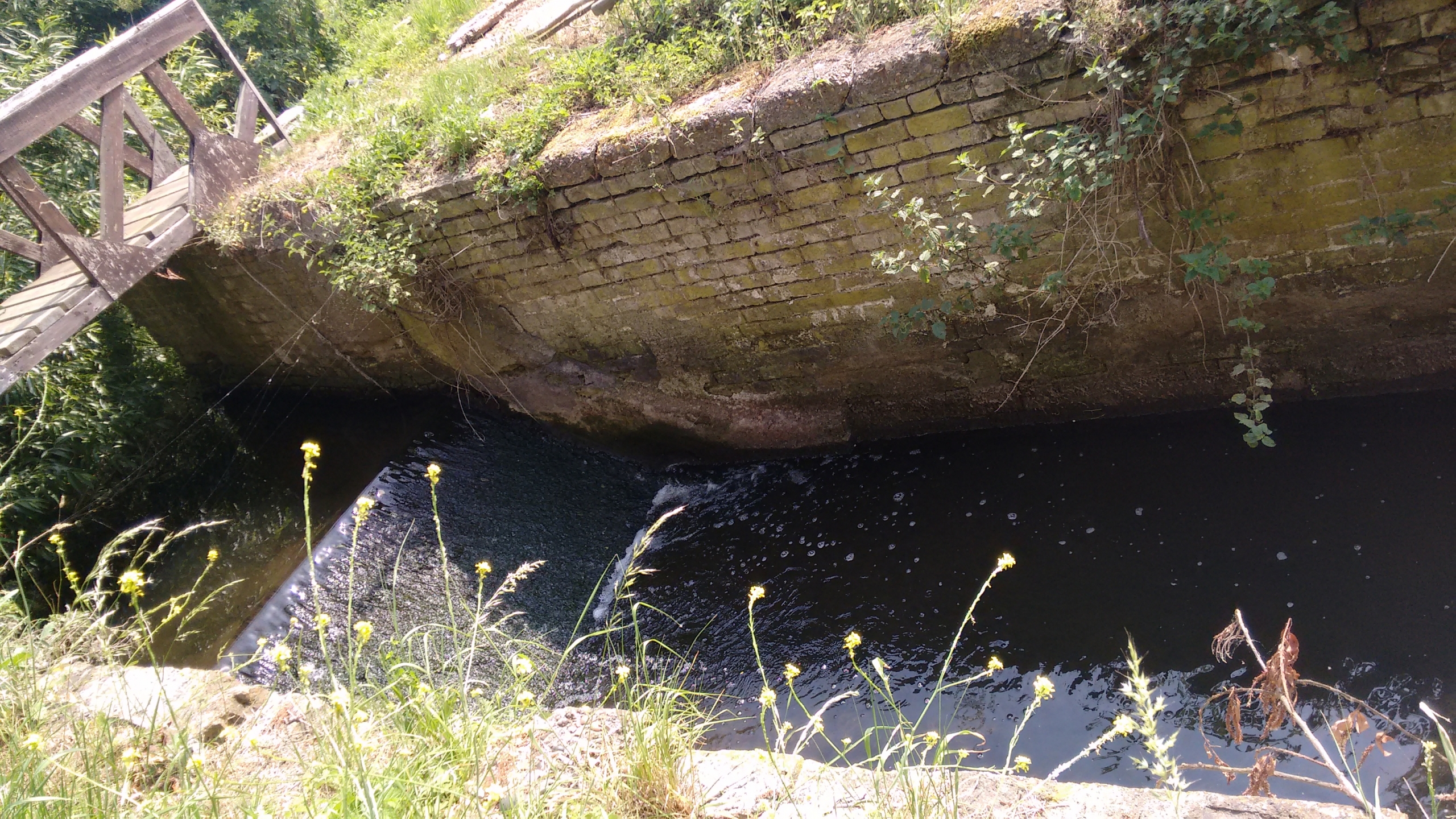The Colne Valley Park has over 200km of river and canals with over 60 lakes which host a wide variety of 16 native fish species including: Barbel, Bleak, Bream, Carp, Chub, Dace, European Eel, Gudgeon, Perch, Pike, Roach, Ruffe, Rudd, Sliver Bream, and Tench. A large proportion of these species are migratory, requiring free movement along watercourses to reach different habitats needed at crucial points in their life cycle, e.g. spawning sites and juvenile recruitment sheltering. Migration distance varies from species to species for example Dace (Leuciscus leuciscus) have been recorded travelling up to 16km; but the European eels, (Anguilla anguilla), a ‘Critically Endangered’ species identified on the IUCN Red List of Threatened Species, have the largest migration distance travelling from their spawning grounds in the Sargasso sea to European river systems, travelling over 5000km. This highlights the importance of free travel for coarse fish species’ long term survival.
Humans have altered and modified river systems for millennia, often constructing man made structures such as weirs and sluices which prevent the free passage of migratory fish upstream. To mitigate the negative effects on fish migration the Landscape Partnership Scheme are leading a ’Fish Passage’ project to improve the natural flow within the river corridor for fish by altering historic man-made structures along the river of the Colne Valley enabling free movement.
Tom White, the Project Manager for the Colne Valley Catchment Scheme, working alongside project partners in the Colne Valley Park, installed fish and eel passages at Kingfisher weir along the River Colnebrook and Hithermoor weir along the River Colne. The successful modification of these two weirs has improved the natural flow within the river corridor for fish in two local rivers. For more information take a look at the article released on the Colne Valley website here.
With numerous of man made construction of weirs and sluices which prevents the free passage of migratory fish upstream resulting in fish being unable to access the habitats they require to survive, thus affecting the resilience of fish stocks within the river catchment the project worked continued in 2022. The main aim is to improve the natural flow within the river corridor for fish species in the Colne Valley Regional Park.
Denham Eel Pass was successfully delivered in autumn 2022. Three barriers where identified; one on the River Colne and River Frays at Denham Lodge in New Denham and River Frays and Colne at Denham Country Park. Find out more here.
West Drayton Fish Passage Improvement Project – on the River Colne is Thorney Mill Weir. As part of the Landscape Partnership Scheme the West Drayton Fish Passage Improvement Project has an objective to investigate the options to improve the fish passage at this structure. The most feasible option will enable free movement for fish so they can access areas previously inaccessible, which will benefit the River Colne’s biodiversity, and the wider environment. For latest updates on this project see here.
Hithermoor Weir – Before
Hithermoor Weir – Before
Hithermoor Weir – After
Contractors at work at Hithermoor Weir





